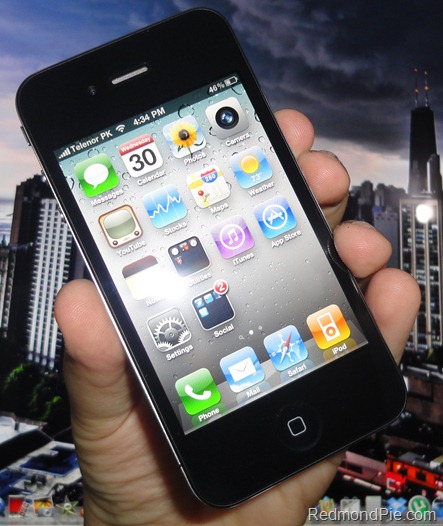Thanks to the wonderful world of outsourcing, manufacturers, such as Apple, need to order most if not all of their products, such as iPhones, from suppliers, which in turn are responsible for assembling them. And it’s now being reported by Digitimes that Apple has ordered slightly fewer for next quarter, roughly 17.5-18 million units, a drop from the 20 million it ordered last quarter. Most units, roughly 16 million, will have GSM chips, while the remaining minority, around 2 million, are set to be CDMA-equipped.

This news comes after months of rumors and speculation regarding a possible iPhone 5. But more recently, it has become a clear such an overhaul won’t happen until 2012. Instead, we’ll have a smaller upgrade, awkwardly named 4S, that is expected to begin production in August and begin shipping sometime in September.
It’s being reported that the iPhone 4S will have a new A5 dual-core processor (which will lead to increased speed in all sorts of tasks) and a new 8-megapixel camera, as opposed to the 5-megapixel one found on the current iPhone, enabling the device to take nearly professional-grade pictures. There are also rumors about support for more carriers in the US, such as Sprint and T-Mobile, although no LTE (4-esque) support is expected.
Much like what happened with the 3GS two years ago, the iPhone 4S will have no visible differences compared to its predecessor. Apple seems to have settled for major design upgrades every two years, along with smaller hardware and speed bumps in between those upgrades.
Production drops, and consequently inventory shortages, are common when an Apple product is about to be replaced. The same happened last year, when a new MacBook Air was about to be introduced, as well as, although to a much greater extent, in 2008 when stores ran out of original iPhones, months before the iPhone 3G had the chance to be introduced.
The iPhone’s larger sibling, the iPad 2, is still going strong with plans to ship roughly 10.5 million units until the end of the year, therefore it should be pretty safe to get an iPad right now, without running the risk of having it fade into history by a newer model a few months down the road.
Will a small update such as the rumored iPhone 4S be enough to gain traction, or will it simply keep iPhones selling at their current pace?
You can follow us on Twitter or join our Facebook fanpage to keep yourself updated on all the latest from Microsoft, Google and Apple.

